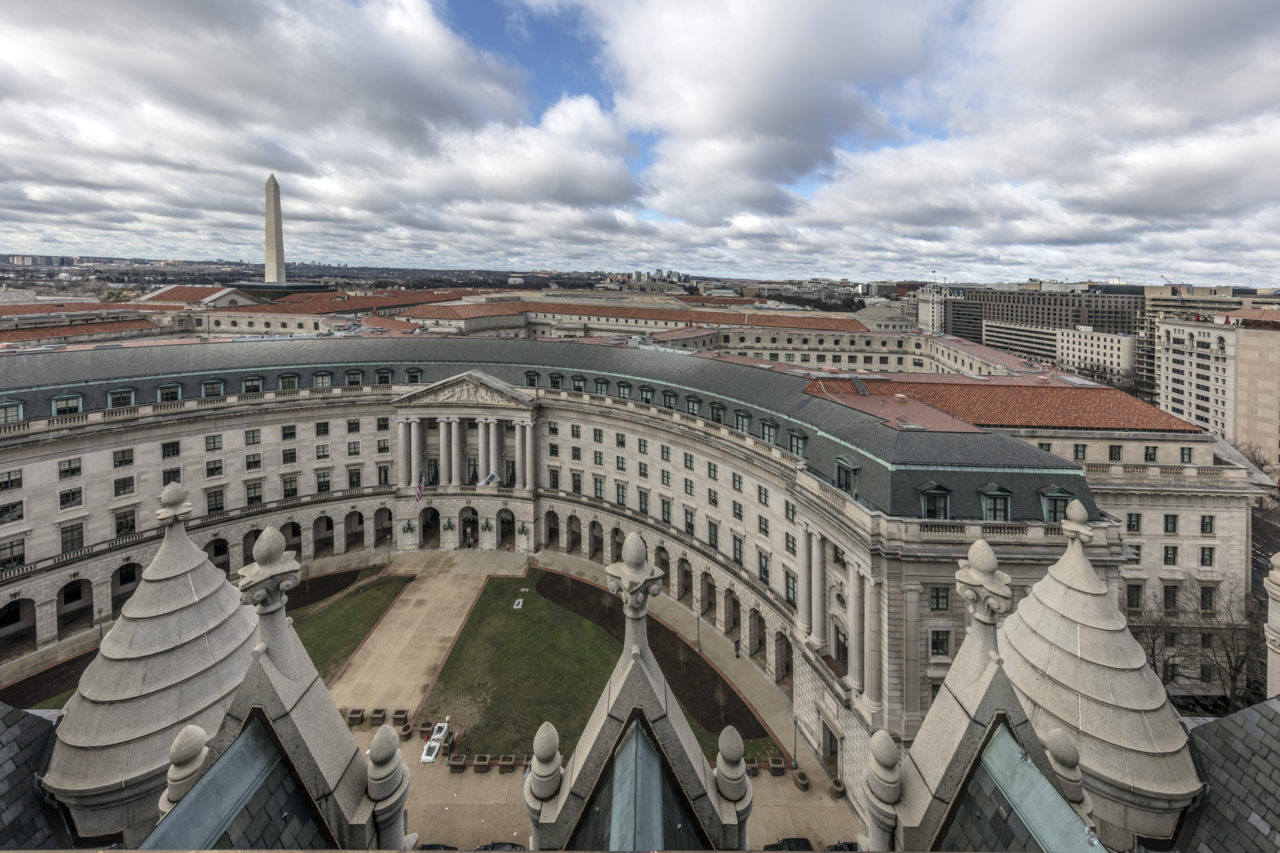Have you ever heard of anything referred to as the “fourth branch of government”? It’s a term that can be used to mean any entity that has influence over government beyond the three branches described in the Constitution.
To some, it’s the media. To others, it’s interest groups. Today, I’m referring to it as the bureaucracy and administrative state that now plagues our government. So, what exactly is this fourth branch? Where do they get their power? What role do they play, and who holds them accountable?
As of March 2022, there were millions of federal workers in 15 departments, 66 agencies, 42 boards, commissions, and committees, 11 quasi-official agencies, and nine executive offices. One study found that back in 2007, while Congress enacted 138 laws, federal agencies finalized 2,926 rules, including 61 major regulations. (RELATED: The Trump Administration Sets Its Sights on the Parallel Government)
The Fourth Branch’s Power Source
Many agencies get their power from Congress. For example, out of a law to “protect clean air,” power is given to the Environmental Protection Agency (EPA) to figure out how to make that happen. The one law might then result in hundreds of regulations. Until very recently, courts would even defer to the agencies’ interpretations of the regulations. This practice, known as the “Chevron deference,” was recently overturned by the Supreme Court in June 2024. (RELATED: Biden EPA’s ‘Gold Bars Off the Titanic’ Is Just the Tip of the Iceberg)
Other agencies get their power from the executive branch. The Office of Management and Budget (OMB) is part of the executive branch, with duties to prepare the federal budget and oversee agency performance.
So, whether from legislative or executive authority, it turns out that agency personnel frequently do the heavy lifting of governing. The saying is that “personnel IS policy.” Some would even argue that key civil servants are necessary in order to maintain continuity in government and keep things functioning, no matter what party is in power. But is today’s sprawling bureaucracy what the Founders wanted?
It’s hard to imagine that the Founders had anything like our administrative state in mind when, in 1790, the federal government had just 1,000 nonmilitary workers. Little did the Founders know that some 200 years later that the U.S. government would go on to employ nearly 2.3 million nonmilitary workers, most of whom work under the executive branch’s sprawling network of agencies and departments. Moreover, this doesn’t account for congressional staff, employees of the government’s numerous intelligence agencies, or presidential appointees.
There’s plenty of blame to go around for the rise of the administrative state. It has been exacerbated as Congress has decided to relieve the judiciary of most regulatory cases and move those cases to administrative courts tied to individual agencies. Others decry the expansion of presidential power over the agencies, the courts’ and Congress’s unwillingness to check that power.
How Do We Rein It In?
So, how do we get things under control? That’s the million-dollar question, and it’s one that the Department of Government Efficiency (DOGE) and other officials will need to answer as more Americans wake up to the realities of America’s so-called “fourth branch of government.”
A few suggestions that have been discussed in recent years include:
- Strengthen congressional oversight
- Increase transparency and public participation
- Reform agencies to speed up the regulatory process
- Add more judicial checks and limits
- Enhance the accountability of the executive branch
- Propose legislative reforms that would codify limits to funding and staffing
It’s important that, in these times between nationwide elections, we make an effort to more thoroughly understand these issues so that we can choose wisely at the polling booth. The challenge — and answer — may come in finding a balance between many of these options and in holding all elected officials accountable to do their jobs and vigilantly maintain the system of checks and balances that our Founders so carefully put in place.
READ MORE:
As Trump’s Federal Layoffs Continue, Critics Miss This Crucial Point.
The Trump Administration Sets Its Sights on the Parallel Government
Debbie Wuthnow is the president of iVoterGuide, a division of AFA Action, and a member of the Board of Directors of AFA Action.






















